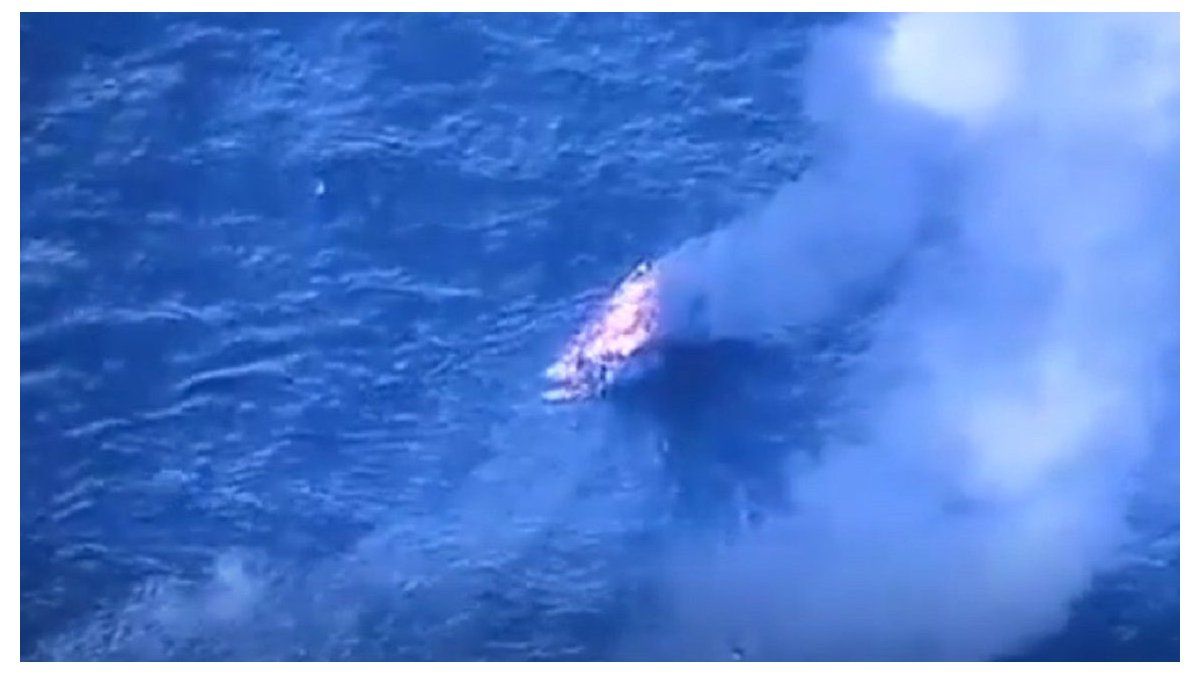The news of higher-than-expected inflation in the US put an end to the euro’s upward trend.
The euro was dampened by the unexpectedly high inflation in the USA. After initial gains, the shared currency slipped to $1.0005 in the afternoon. The European Central Bank set the reference rate at 1.0175 (previous day: 1.0155) dollars. The dollar thus cost 0.9828 (0.9847) euros.
The euro’s bullish trend came to an end after news of higher-than-expected inflation in the US rattled markets. The annual inflation rate fell to 8.3 percent from 8.5 percent in the previous month. However, analysts had expected an even steeper decline to 8.1 percent on average. Economists also pointed out that the core inflation rate – i.e. excluding food and energy – had risen.
With the surprisingly high inflation, the pressure on the US Federal Reserve is also increasing to fight inflation with further significant interest rate hikes. “The Fed must continue to step on the brakes, even at the price of a possible recession,” wrote Commerzbank economist Bernd Weidensteiner in a comment. A 0.75 percentage point rate hike at next week’s meeting is virtually certain.
The significantly lower ZEW economic expectations for Germany had no major impact in the morning. The Mannheim research institute’s barometer fell more sharply than experts expected and reached its lowest level since the financial crisis of 2008.
For other important currencies, the ECB set the reference rates for one euro at 0.86793 (0.86778) British pounds, 144.50 (144.49) Japanese yen and 0.9669 (0.9667) Swiss francs. The listing for a troy ounce of gold has meanwhile slipped to its lowest level in almost a week. In the afternoon, the troy ounce in London was still trading for around 1703 dollars. That was a good $17 less than the day before.
Source: Stern
Jane Stock is a technology author, who has written for 24 Hours World. She writes about the latest in technology news and trends, and is always on the lookout for new and innovative ways to improve his audience’s experience.




